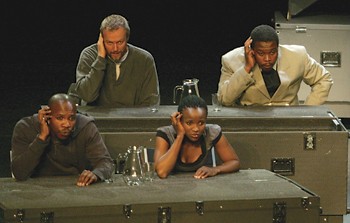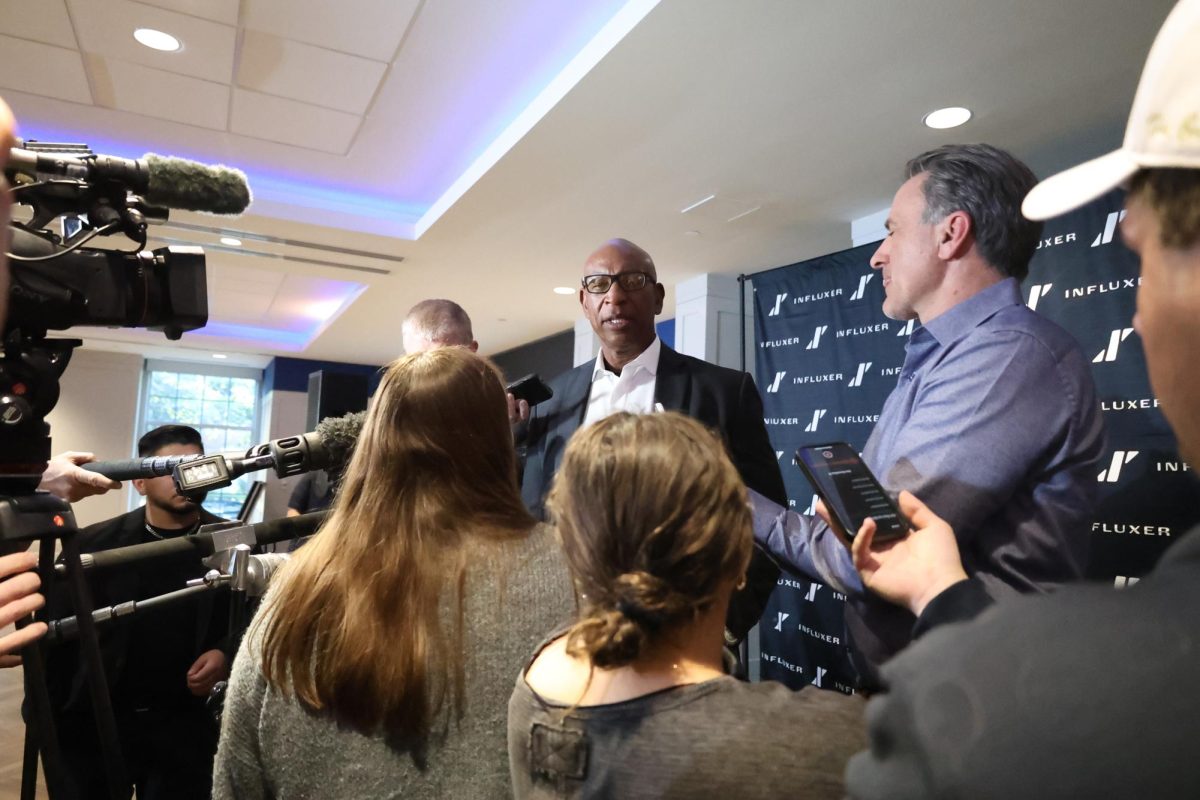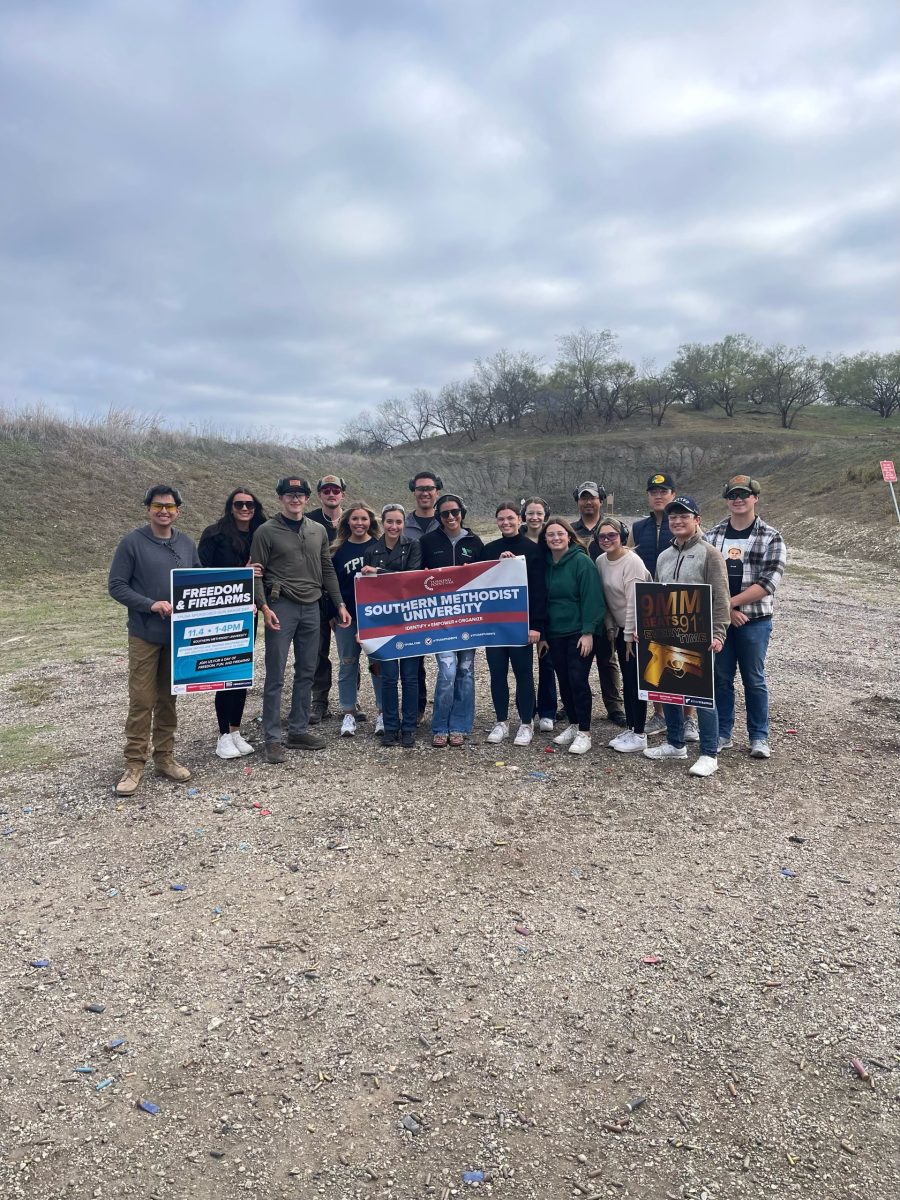
“Truth in Translation” played through the weekend at SMU’s Bob Hope Theatre and will travel to four other U.S. cities as the production tours the country.
In an attempt to pick up the pieces after the cruel human rights violations of the apartheid era, the South African government formed the Truth and Reconciliation Commission (TRC).
Michael Lessac’s “Truth in Translations” portrays the TRC interpreters who translated the stories of both the victims and the perpetrators of that time.
The production made its U.S. debut last week on campus at the Bob Hope Theatre.
The play is based on the ideas of forgiveness and reconciliation, and it becomes evident even before you step into the theater.
The Forgiveness Project, an organization based on the same theme, presents stories directly outside of the theater of individuals that survived human rights violations and found it in themselves to forgive.
Mahatma Gandhi’s quote stands prominent, “An eye for an eye leaves the whole world blind.”
Meant for the translators, the opening words also inform the audience: “Matters of the heart have no place here. You are just a witness. Do not become involved.”
The powerful script, which uses actual testimonies of the TRC hearings, leaves us with haunting images of the era: “Forty-three wounds on his body. Acid in his face. Chopped off his right hand. Then he was blown up. His pieces were splattered all over the floor. His pieces were splattered all over the wall. His pieces were splattered all over the ceiling.”
The cast was actually part of the script-writing process and it shows. After traveling to many other countries with this play, they each still seem obviously passionate about telling this story.
Though the stories of the crimes are important to this play, the interpreters’ lives play center stage.
As they translate stories, they suddenly become too close for comfort to the crimes. Most of them find it impossible to not become involved, as they were instructed to do.
At times, they explode with rage at each other, while many times they find the anger is with themselves.
Pleasant music, by Hugh Masekela, plays throughout, even during some of the most heart-wrenching stories, as if to show the neutrality that the interpreters must keep while translating.
The lyrics, sung by the cast, play a key role in telling the stories. “His tongue was pulled and stretched,” they sing.
The creatively simple set consists of multi-tasking trunks, chairs and a backdrop made up of hanging shirts. The backdrop is occasionally used to show blurred footage of the crimes.
The play has only a few downfalls. Occasionally the script jumps from place to place and becomes hard to follow.
And without an understanding of South African history, some parts can become hard to grasp. However, this could just be a ploy to get the audience to do its homework.
Though the play will tour in four other U.S. cities, it seems it can make its biggest impact in countries that have had equally horrendous histories.
Many Rwandans respond positively to the play, saying that they should look to South Africa for answers of healing.
Still, the U.S. audience can find a different message in the play: “Truth in Translations” forces us to open our eyes to the atrocities that are going on around the world.
And in a time where many seem oblivious, it is a welcome message.








